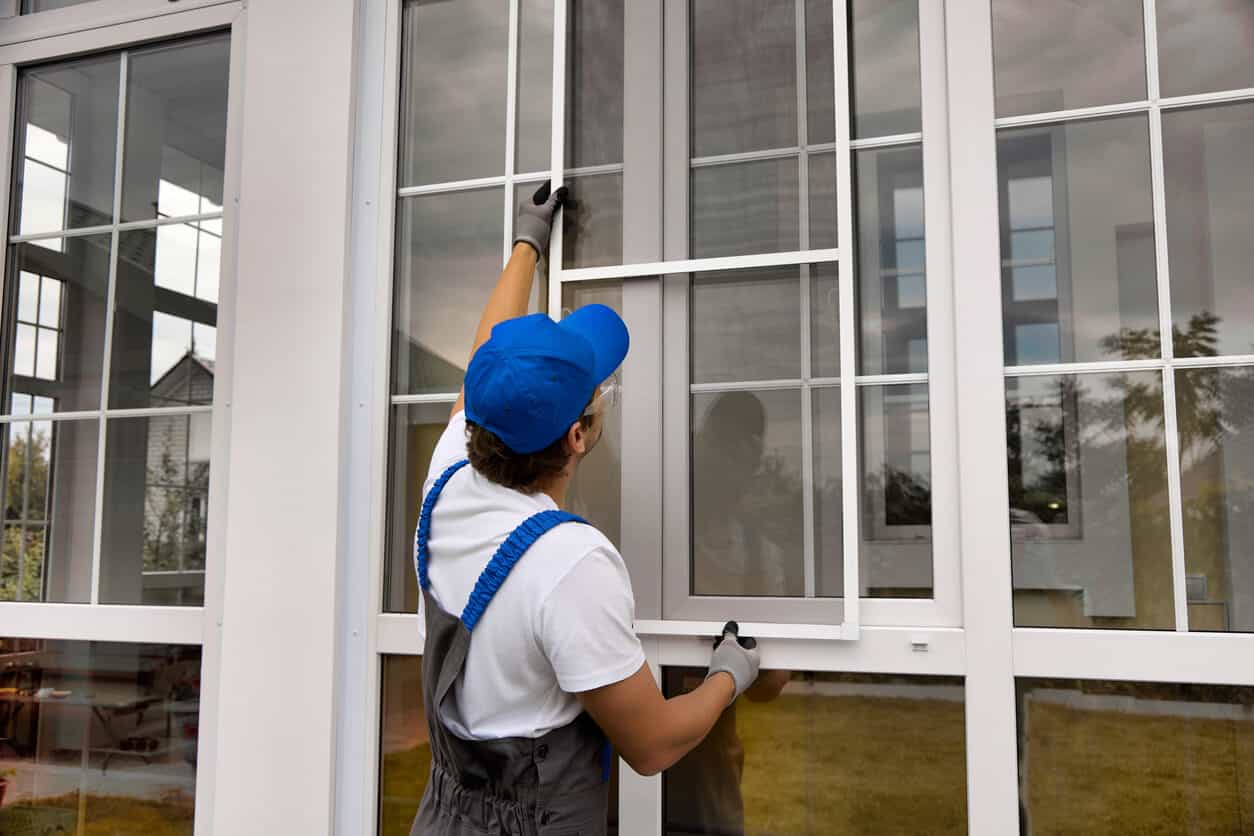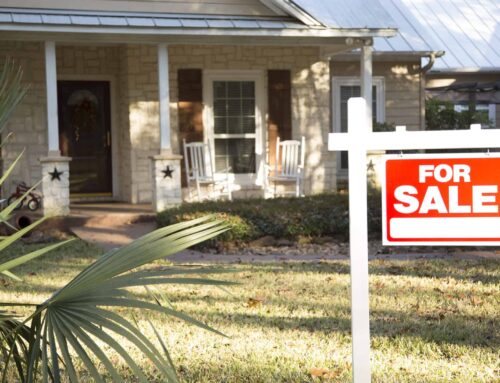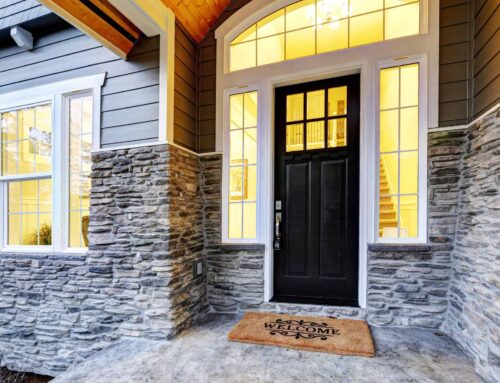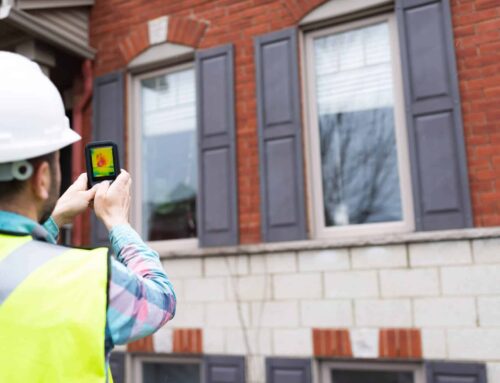
If someone told you that you could improve the looks and comfort of your home, improve its energy efficiency, and get a tax credit while completing your home improvement project, you might think that news would be too good to be true. However, according to the Internal Revenue Service, you may be eligible for energy-efficiency tax credits of up to $3,200 for energy-efficient home improvements made through 2032.
Here’s how this tax credit program works.
Contents
- 1 Who Qualifies for the Energy-Efficiency Tax Credits
- 2 What Improvements Qualify for the Tax Credits
- 3 Tax Credit Amounts for New Doors and Windows
- 4 Additional Information About the Tax Credits for Energy-Efficient Windows and Doors
- 5 How to Claim the Energy-Efficient Home Improvement Credit
- 6 Key Takeaways
Contents
- 1 Who Qualifies for the Energy-Efficiency Tax Credits
- 2 What Improvements Qualify for the Tax Credits
- 3 Tax Credit Amounts for New Doors and Windows
- 4 Additional Information About the Tax Credits for Energy-Efficient Windows and Doors
- 5 How to Claim the Energy-Efficient Home Improvement Credit
- 6 Key Takeaways
Who Qualifies for the Energy-Efficiency Tax Credits
Before you call your area’s best home improvement company, it’s important to note that to be eligible for the tax credits. The improvements must be completed on your primary home where you live most of the time. That house must be located in the United States.
You aren’t eligible for the tax credit for installing energy-efficient doors and windows on a new home. In addition, you cannot claim this credit if you rent out the home or if 80% of the home is used for your business.
What Improvements Qualify for the Tax Credits
Four types of energy-efficient improvements will help you qualify for the federal tax credits. They include the following:
- Building Envelope Components
- Home Energy Audits (By a certified auditor)
- Residential Energy Property (Central air conditioner; natural gas, propane, or oil water heaters; natural gas, propane, or oil furnaces and hot water boilers)
- Heat Pumps and Biomass Stoves and Boilers (Including electric or natural gas heat pumps or heat pump water heaters)
Let’s zero in on the “building envelope components” qualifications. They include new windows, doors, or skylights with an expected lifespan of at least five years and insulation and air-sealing materials or systems.
Tax Credit Amounts for New Doors and Windows
You can receive $250 in tax credit for each exterior door you install that meets Energy Star requirements. You are limited to two doors.
Homeowners can receive up to $600 in tax credits for exterior windows and skylights that meet Energy Star Most Efficient certification requirements.
Before you purchase new energy-efficient windows or doors to save money on your federal income tax return, please seek tax advice from a professional.
Additional Information About the Tax Credits for Energy-Efficient Windows and Doors
The credit equals 30% of certain qualified expenses, including qualified energy efficiency improvements installed during the year.
The maximum credit you can claim each year on windows and doors is $1,200 for energy property costs and specific energy-efficient home improvements. There are limits on doors ($250 per door and $500 total), windows ($600), and home energy audits ($150).
The credit has no lifetime dollar limit. The program goes until 2033. It’s important to note that you can’t get back more on the credit than you owe in taxes, and you can’t apply any excess credit to future tax years. When calculating your credit, you may need to subtract subsidies, rebates, or other financial incentives from your qualified property expenses.
How to Claim the Energy-Efficient Home Improvement Credit
First, you need to purchase your new energy-efficient windows and doors. If you’re interested in expert home remodeling in Dallas, Lubbock, Amarillo, and surrounding areas, contact Woodbridge Home Solutions.
We will help you select quality new windows that will improve the look and feel of your home – while also qualifying you for tax credits. Your windows must be installed before the end of the year for you to enjoy the tax savings, so schedule your free consultation now.
Then, when you file your taxes, fill out Form 5695, Residential Energy Credits Part II, with your tax return to claim the credit.
Key Takeaways
- You can qualify for tax credits if you make energy-efficient home improvements on your home.
- The house must be your primary residence and located in the U.S.
- The tax credits equal 30% of certain qualified expenses, including purchasing new energy-efficient doors and windows.
- The doors and windows must be installed by the end of the year to get tax credits for 2023.







